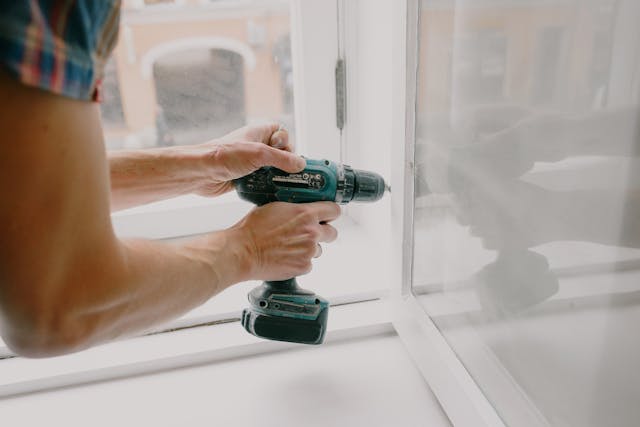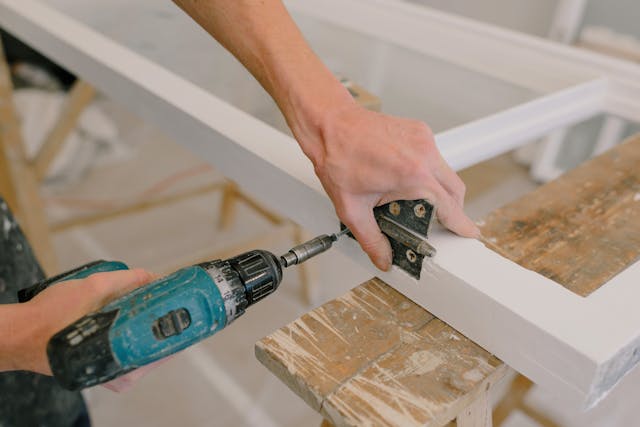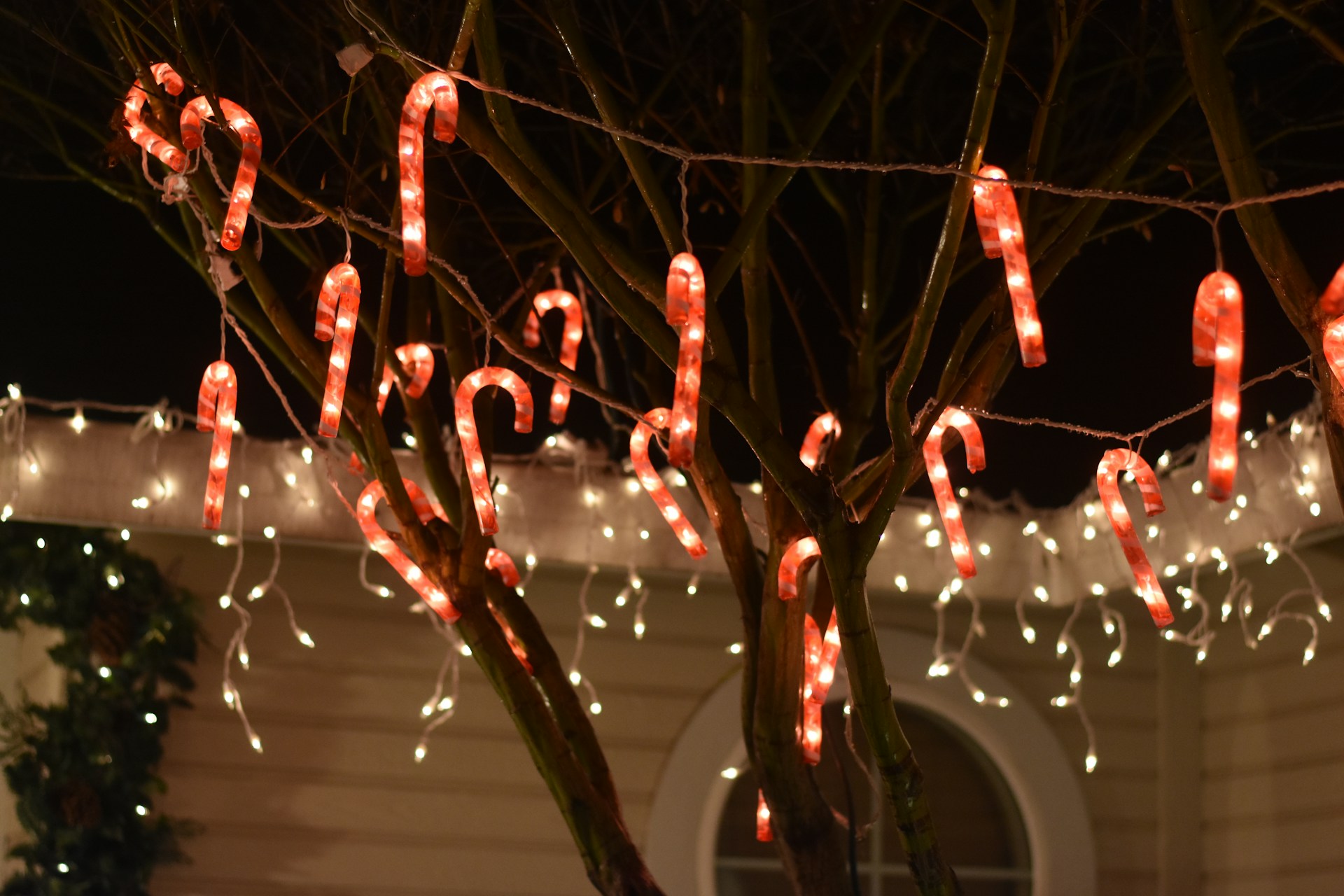
Top 8 Home Hazards You Should Fix to Keep Your Family Safe
Many common injuries at home are caused by things people often overlook. Uneven floors, loose carpets, broken steps on decks, and cracks in the driveway or sidewalks may not seem urgent, but they can lead to serious problems. Families with young children, older adults, or anyone with mobility issues are especially at risk when these hazards are left unfixed. Water leaks at home can create slippery surfaces and lead to mold, while backyard features like trampolines or diving boards bring added safety risks when not properly maintained.
Fires
Fires are one of the most dangerous safety risks at home. According to the National Fire Protection Association, over 385,000 home fires happen each year. These can be caused by everyday things such as an unattended stove, a candle near fabric, or a dryer vent that has not been cleaned. Faulty wiring, space heaters, and overloaded outlets are also major concerns.
To reduce this hazard, install smoke detectors in every room and hallway. Check the batteries at least once a year. Keep a fire extinguisher in the kitchen and learn how to use it. Never leave the stove on when you leave the room. During holidays, always turn off decorative lights before sleeping or leaving the house. A fire safety plan helps everyone in your home know what to do if a fire happens.
Water Leaks and Damage
Water damage can come from more than just storms. Leaky washing machine hoses, clogged drains, or broken pipes can lead to serious problems. Damp areas can also cause mold, which leads to health issues. In colder areas, freezing pipes are another concern, especially in bathrooms or kitchens with plumbing in exterior walls.
To prevent water issues, check all pipes and appliances regularly. Replace worn-out hoses and shut off water when leaving home for long periods. Use heat tape on exposed pipes in winter. Know where your home’s main water shutoff valve is located. A small leak left unchecked can lead to high repair costs and damage to walls or floors.

Theft and Break-ins
Burglaries are another common home hazard. Most break-ins happen when the home is empty, and thieves often enter through windows or unlocked doors. Items such as jewelry, electronics, and cash are common targets. Homes without visible security features are more likely to be targeted.
To improve home security, keep shrubs trimmed and use motion-sensor lights around entry points. Install deadbolts and doorbell cameras. If a full security system is not possible, consider placing fake security signs and window decals. Keep valuables out of plain sight from windows. Lock all doors and windows, even when you are home.
Storm, Wind, and Hail Damage
Strong weather can cause damage to roofs, windows, vehicles, and outdoor items. High winds can move patio furniture or knock down tree limbs. Heavy rain can cause flooding if the yard does not drain well.
Prepare ahead by securing outdoor items and trimming branches away from the house. Check your roof yearly for missing shingles. Park vehicles in the garage when storms are expected. Reinforce weak fences or awnings. A little preparation can go a long way in avoiding major storm damage.
Carbon Monoxide
Carbon monoxide is dangerous because it has no smell and cannot be seen. It is caused by gas appliances that do not burn fuel completely. If it builds up in your home, it can lead to serious illness or death.
Install carbon monoxide detectors near sleeping areas and gas appliances. Replace the batteries regularly and test the alarm once a month. Have your heating system and water heater checked by a professional every year. Never run gas-powered tools or generators inside the home or in an attached garage.
Slips, Trips, and Falls
Slips and falls are one of the top causes of home injuries. These happen on loose rugs, wet floors, broken steps, or uneven sidewalks. Poor lighting and cluttered walkways also raise the risk.
Fix outdoor steps with cracks or broken boards. Add non-slip treads to stairs. Keep hallways and staircases clear. Inside the home, secure all rugs with non-slip pads. Make sure all rooms are well-lit, especially near stairs or doorways. Check that stair railings are sturdy and secure.
Electrical Hazards
Electrical shocks and fires can happen when cords are damaged or when outlets are overloaded. Appliances that get too hot or show sparks should be unplugged and checked. Bathrooms and kitchens are high-risk areas due to water exposure.
Keep appliances away from sinks and bathtubs. Check cords for frays and replace them if damaged. Use safety plugs in outlets if you have young children at home. Avoid running extension cords under rugs or across doorways. For older homes, have a licensed electrician inspect the wiring.
Trampolines, Slides, and Diving Boards
Backyard equipment like trampolines, slides, and diving boards brings fun, but it can also be risky. Falls, bumps, and other injuries are common if these are not set up or used safely. Trampolines should have safety nets and padding. Slides should be placed on flat ground and checked for loose parts. Diving boards must be used only in deep enough water to avoid serious injury. Always supervise kids and remind them of safety rules. When used correctly, these items can stay fun without leading to accidents.
Start Your Quote Today
Our licensed specialist will search for the best insurance quotes and will email you when ready.



